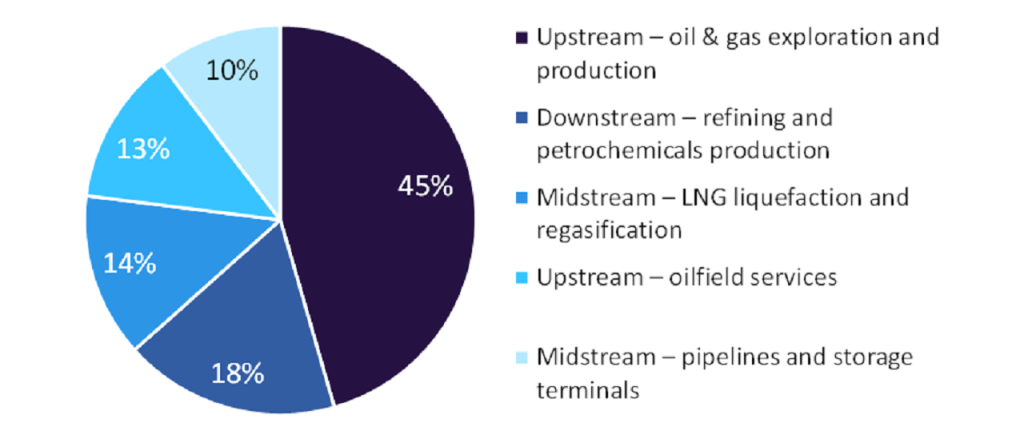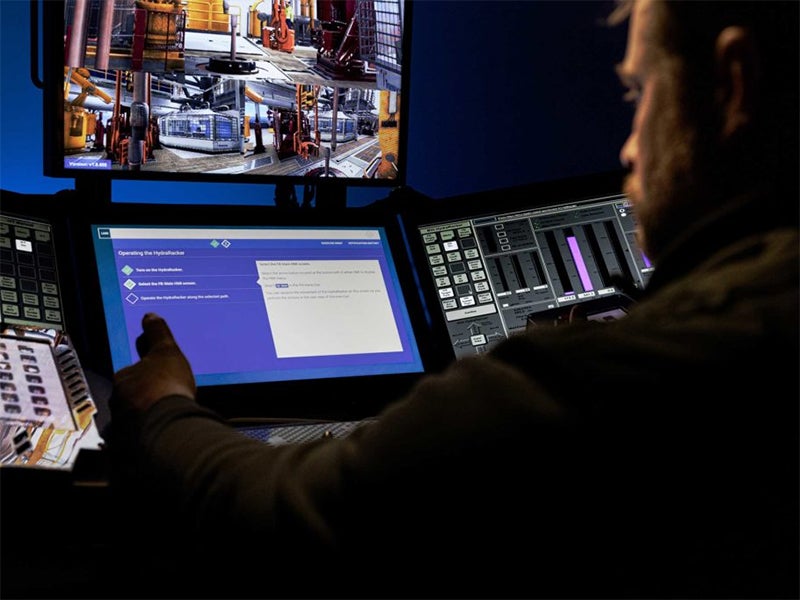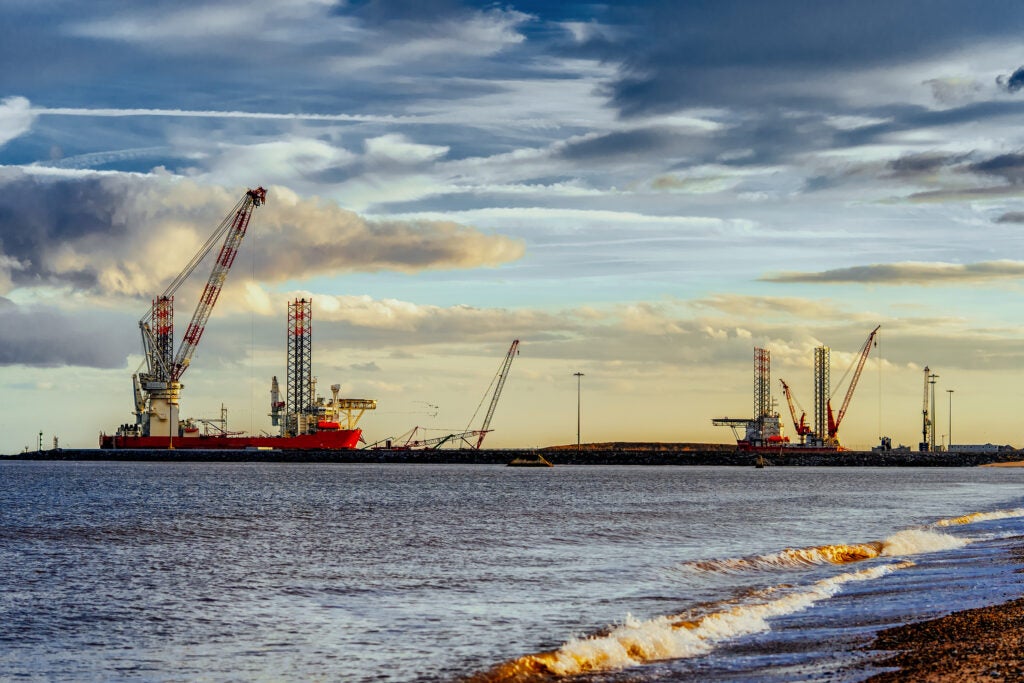Offshore marine contractors have more than $17bn-worth of vessels in yards or in the planning and engineering phase. In a relatively short time we will be seeing the arrival of 50 new marine construction vessels and 600 offshore support vessels around the world (to say nothing of 40 floating drilling rigs, 100 new work-class ROVs and ten portable or modular saturation diving systems).
The top-of-the-range installation vessels will be fitted with cranes of 3,000t and some with more than 5,000t capacity, whilst the top-of-the-range pipelay vessels will have up to 60in diameter pipe handling capacity. With the exception of vessels such as Allseas’ Solitaire and Lorelay, nothing like these top-end vessels has been built for 20 or 30 years.
A new breed of ‘single lift’ vessel concepts has also hit the market with capacities from 20,000t to 48,000t. Some of these vessels, much talked about in the last decade, are now actually being built.
At the same time more heavy lift transport ships are being added to the fleet and these, plus some of the offshore support vessels, may be used for offshore construction projects
SCARCITY OF EUROPEAN LABOUR
See Also:
So, our offshore fleet is certainly about to become physically larger (in terms both of the number of vessels and their actual size) and more sophisticated with the majority featuring dynamic positioning (DP) and state-of-the-art control systems. Many will have the scope to fit and operate additional capacity such as cranes, ROVs, diving systems and reels as required. But will the skills and safety levels match the sophistication of this new-look fleet?
How well do you really know your competitors?
Access the most comprehensive Company Profiles on the market, powered by GlobalData. Save hours of research. Gain competitive edge.

Thank you!
Your download email will arrive shortly
Not ready to buy yet? Download a free sample
We are confident about the unique quality of our Company Profiles. However, we want you to make the most beneficial decision for your business, so we offer a free sample that you can download by submitting the below form
By GlobalDataWe’ve already seen a slippage in delivery of some of the new vessels, said to be because of ‘scarcity of labour in Europe’. This scarcity of labour goes far beyond Europe and it is important that we take a global view, because regardless of where the vessels are being built they will be used all around the world in new frontier areas.
Last month I explored the worrying business of skills shortages. To operate these new vessels, we need some 2,000 additional watch-keepers across the bridge, deck and engine room; 800 personnel in saturation diving and related positions; 1,000 additional survey and inspection personnel; 1,200 ROV personnel and many diving, support, project and engineering personnel, it is a huge ask.
OFFSHORE SKILLS AND SAFETY
Everyone in the offshore industry is striving towards the ‘holy grail’ of zero injuries. Therefore, all these new people who will have to be attracted to the industry must be capable of absorbing the available knowledge and ascribe to the industry safety objectives; training must continue across the board to keep these people safe; and with the large numbers involved, training establishments and trainers will be in high demand.
Having set you thinking about the issues of skills availability, and combining skills and safety, let us take a look at the new technology that everyone will be working with – and will need to trust.
Within the offshore contracting industry we are used to multi-redundant, fail-safe systems; the lack of new vessels over the past decade or so has meant that we have been working with vessels with long histories, systems have been added and evolved, ironing out teething problems and improving performance.
Now, fresh from the yards we are going to see very sophisticated vessels (and the equipment fitted on them) often going straight out to the oil and gas provinces where they are most needed. Almost without exception, this will see them operating in ever deeper and more hostile waters far from shore – it is ‘new frontier’ country. What should we expect?
DEBATING THE ISSUES
There is, of course, no simple answer to the three linked issues of skills availability; skills and safety; and the impact of new technology. We need to debate the issues and get feedback and views from across the industry and ensure we work together to identify challenges and set the wheels in motion to share solutions.
These are issues that speakers and delegates will be debating at the annual IMCA Seminar (the 15th in the series) that takes place in Paris in November, and has as the very apt theme ‘New Frontiers in Marine Contracting’. And we will of course use our real-time safety flash system to share specific operational knowledge as it becomes available.
LEARNING FROM COLLECTIVE WISDOM
The new fleet and its new personnel will want to learn from the collective wisdom available from the past. This is contained in new design codes which have improved since much of the current fleet was built. But a considerable contribution comes from the equipment specifications, procedures and personnel competence described within IMCA’s good practice guidelines.
These guidelines also address trials and commissioning, ‘failure modes and effects’ analyses, audit and maintenance programmes developed on past successes and occasionally from past incidents and the development and recognition of competence in the workforce.
So, we can certainly help to build strong foundations for the new fleet and new people who will be joining the industry. We have published well over 200 guidelines.
The most relevant to the new fleet may be DP for supply vessels (and many other DP documents); the common marine inspection document; training and competence framework; crane specifications and lifting operations; maintenance of wire ropes; communications (bridge and dive control); incident investigation; vessel and personnel security (including ISPS); as well as the suite of diving documents which support the international code of practice for offshore diving.
There are specific guidelines relating to various aspects of safety, and also our much used safety promotional material aimed at individuals within the industry, but safety and efficiency are the goals of the content of almost all our guidelines.
In our desire to facilitate safe and efficient marine operations, we look forward to a challenging and far reaching debate and resolutions to ensure the enlarged offshore fleet can operate optimally.
The International Marine Contractors Association (IMCA – IMCA-int.com) represents some 390 offshore, marine and underwater engineering companies in 47 countries.






